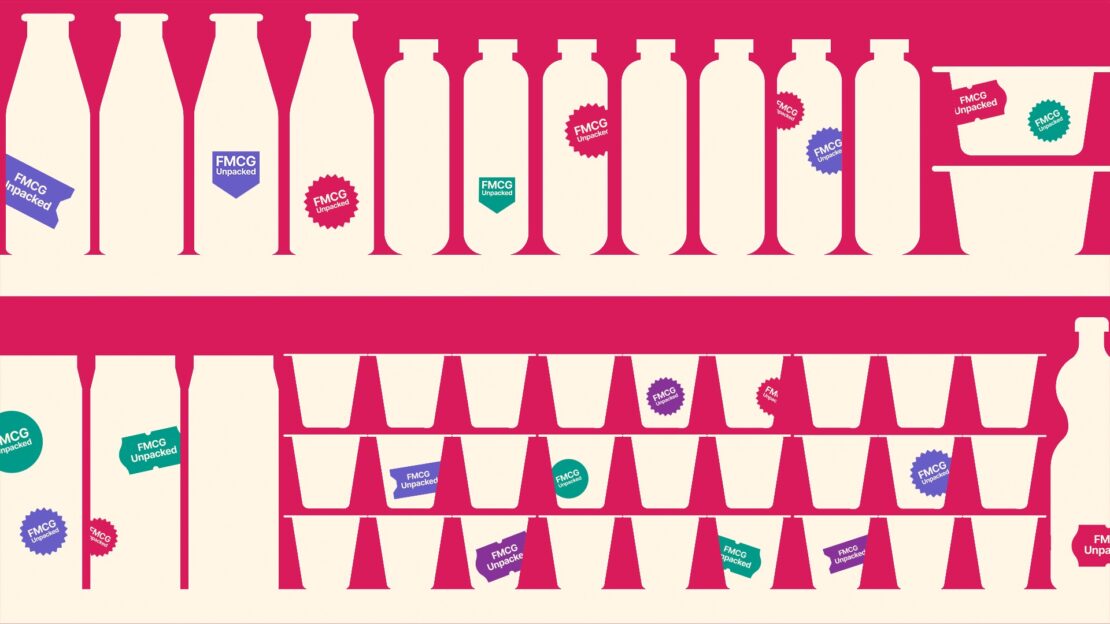Let the sunshine in: Transparency is critical ahead of COP26
October 6th, 2023
Transparency is king. That was the clear message last week from the panellists at Grayling’s first COP26 event of 2021. Neil Thomas, Senior Account Director in our London team, shares the main insights from the event.
The event kicked off a year of action around this year’s climate change conference and brought together a stellar panel featuring Baroness Sue Hayman, CDP’s Global Head of Value Chains Sonya Bhonsle, Quiller’s Deputy CEO Andrew Hammond and BT’s Head of Environmental Sustainability Gabrielle Ginér.
Drawing upon years of combined experience of attending UN Climate Change Conferences, all our panellists agreed that – despite the distraction and disruption of COVID-19 – COP26 is set to be the most important conference ever.
In the last few months, the new Biden administration has injected new energy into the global fight against climate change. Re-joining the Paris Agreement on day one of his presidency, Joe Biden is also expected to announce an enormous infrastructure bill in the coming days which will include huge climate spending. This comes after the other two members of ‘the big three’ – China and the EU – also made big climate change commitments in the last year.
There is also renewed pressure on governments and businesses to act, from above and below. Investors are becoming increasingly demanding when it comes to reporting requirements. The global climate strike led by young people around the world and led by the tireless Greta Thunberg has also created immense pressure.
And increasingly, business leaders know action on climate change means good business. Indeed, in research recently carried out by Grayling, 70% of business leaders stated “alongside making a profit, businesses also have a collective responsibility to the societies they operate in”.
In the lead up to the Paris agreement, climate targets by businesses were often half-hearted according to Sonya Bhonsle: “Companies were setting targets in line with what they thought they could do but we’ve seen a change since then from what can we do? to what is necessary?“.
For example, many have signed up to the Science Based Targets initiative, which represents a commitment by these businesses to act in line with limiting carbon emissions to a 1.5 degree rise in global temperatures.
“Business leaders know this is a moment”, agreed Andrew Hammond.
But what of those companies that have yet to take the first step when it comes to taking meaningful action on climate change and want to engage with COP26?
For Bhonsle, transparency is key.
“We’re still hearing from many companies that, when it comes to disclosing carbon inventory, putting their head above the parapet is scary. By contrast, investors are saying that transparency is key – and anything is better than nothing. No one expects perfection in year one.”
Clearly then, for those brands wanting to demonstrate climate leadership and get involved at COP26, a commitment to disclosing carbon budgets helps build credibility and shows seriousness.
Beyond reporting, how should climate goals be framed – especially at a time when stakeholders are becoming more sceptical after the raft of announcements coming out of many companies in the last year or so?
Quiller’s Andrew Hammond suggested that “it has to be a mix of both”.
“You need the headline initiatives to drive transparency. They also offer a sense of clarity and purpose for the future.
But you also need shorter term initiatives to get there as well. One of the big lessons of the last 5 years is that you can make these pledges, but you need to show granular progress year by year. The key thing that will hopefully come out of Glasgow is making deeper cuts, deeper pledges.”
Telecoms giant BT has a commitment to be net-zero by 2045, and an interim target of cutting carbon emissions by 87% by 2035. Gabrielle Ginér added, “it’s important to have those interim targets so companies can demonstrate to how they’re getting on along the way – and the barriers that they face in order to reach them.”
When it comes to companies that are still on the fence about taking meaningful action on carbon emissions, the window of opportunity is closing. For Baroness Hayman, “The future of climate change action is from the bottom-up. It has to be that way, otherwise people – and especially young people who are by far and away the most engaged in climate issues – won’t buy into it.”
Are you looking to engage with COP26? Contact ross.laird@grayling.com or cop26@grayling.com to see how we could help you make your mark at this year’s critical UN Climate Change Conference.

